What is Hydroelectric Energy? How is Hydroelectric Energy Produced ?
- Home Page
- Blog
- Renewable Energy
- What is Hydroelectric Energy? How is Hydroelectric Energy Produced ?
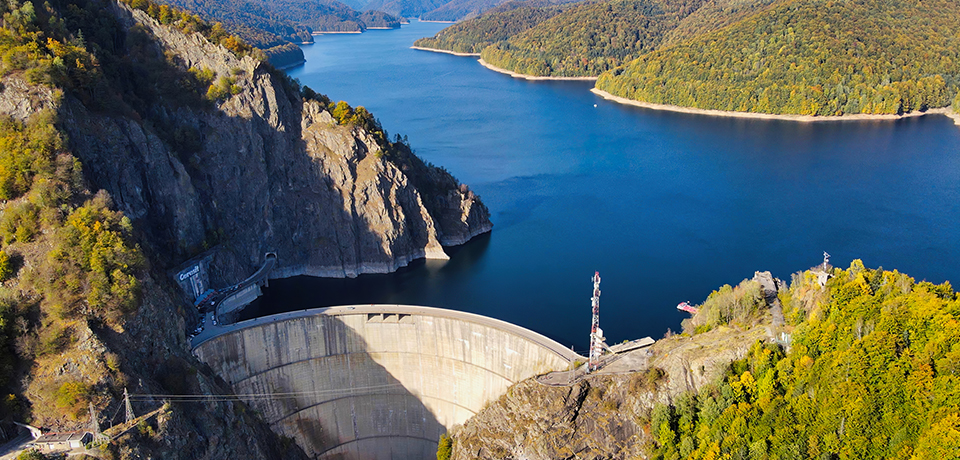
Hydroelectric energy is one of the alternative, renewable natural resources used to meet the energy needs with the decrease of fossil fuels.
Hydroelectric energy, which is frequently preferred in the world, is a simple and efficient method in the production of electrical energy. There are also different uses of hydroelectric energy. Irrigation of large agricultural land is one example of the use of hydroelectric energy. In addition, grain grinding can be done in the mills by using the repulsive force created by the water. Hydroelectric energy was also utilized in processes such as irrigation and grinding by the Egyptian Civilization, which is one of the largest civilizations in history.
How is Hydroelectric Energy Produced?
Hydroelectric energy is obtained as a result of the water accumulated in the high level reservoir passing to low levels with the effect of gravity. The water in the reservoir holds potential energy. The movement of water down through the reservoir allows kinetic energy to emerge. The resulting kinetic energy of the water enables the generation of electrical energy by rotating the turbines.
The geological structure of Turkey, rugged land shapes and the excess of stream resources increase the potential of hydroelectric energy. The total installed hydroelectric production capacity of the country reached 31 Mw as of 2021. The total installed production capacity in the world has reached 1,330 GW by breaking a record. There is a very high hydroelectric energy potential in the geography of Turkey. Due to its rugged terrain structure and the flow rate of rivers, the region with the highest hydroelectric potential is Eastern Anatolia. Our region with the lowest hydroelectric energy potential is Marmara Region.
Is Hydroelectric Energy Renewable?
Hydroelectric energy is one of the renewable sources such as solar and wind energy. Since its source is water, it allows electricity production without the need for raw material input. Hydroelectric power plants, on the other hand, are included in the scope of clean energy supply due to the very low amount of waste generated.
Although large areas are needed for the installation of hydroelectric power plants, it enables efficient and low-cost energy production. Renewable hydroelectric energy can develop in the coming years and become more efficient and less costly in basic energy production.
In order to keep global warming under control, the energy needed must be obtained from sources that do not emit greenhouse gases. The predictions made by the International Energy Agency (IEA) predict that hydroelectric energy will become the dominant method of electricity production by 2050.
How to Generate Electricity with Hydroelectric Energy?
With the flow of naturally or artificially heightened water, the turbine and shafts are rotated. The mechanical energy generated by the rotation of the shafts is transferred to the generators and electrical energy is obtained. Facilities that generate electricity using hydroelectric energy are called hydroelectric power plants or HES for short. HPPs enable efficient electricity production with lower cost and longer operating lives compared to other electricity generation methods.
Hydroelectric energy can be affected by changes in climatic conditions. Since the main substance used in energy production is water, the efficiency of the hydroelectric power plant varies. There are also hydroelectric power plants built in different ways for electricity production.
What are the Types of Hydroelectric Power Plants?
Although hydroelectric power plant types produce electricity in different ways, their working principles are generally close to each other. Basically, 3 types of hydroelectric power plants can be mentioned.
-
The natural flow hydroelectric power plant is built on the streams and generates electricity using the natural flow power of the water.
-
Storage dam type hydroelectric power plant is the most preferred type of HPP. A dam is built to keep water in a reservoir. The water is directed to the generators with the effect of gravity and the pressure formed in the reservoir.
-
The pumped reservoir hydroelectric power plant is very similar to the working principles of dams. A second reservoir is built while the power plant is being installed. The water to be used later is stored in this reservoir. If necessary, the water in the lower reservoir is pumped to the original reservoir above.
The most commonly used HPP types in Turkey are those with natural flow and storage. The 10 largest hydroelectric power plants in the country's geography and their locations are as follows.
-
Ataturk Dam (Şanlıurfa-2.405 MW)
-
Karakaya Dam (Diyarbakır-1.800 MW)
-
Keban Dam (Elazığ-1.330 MW)
-
Ilısu Dam (Mardin-1.209 MW)
-
Altınkaya Dam (Samsun-703 MW)
-
Birecik Dam (Şanlıurfa-672 MW)
-
Deriner Dam (Artvin-670 MW)
-
Yukarı Kaleköy (Bingöl-627 MW)
-
Beyhan Dam (Elazığ-582 MW)
-
Oymapınar Dam (Antalya-540 MW)
What are the Advantages of Hydroelectric Energy?
-
Since it is a clean, natural and renewable resource, it does not emit greenhouse gases.
-
Hydroelectric power plant installation and maintenance costs are less.
-
Construction projects can be carried out with completely domestic resources.
-
It has a long service life.
-
Operating and maintenance costs are low, except for installation costs.
-
Apart from electricity production, water and irrigation needs can also be met in the region.
Conclusion
Hydroelectric power plants have a very important place in terms of the use of renewable energy sources, except for their effects on the environment in their installation. There are no waste, greenhouse gas emissions, costly operation and maintenance costs incurred in traditional electricity production. Aydem Energy produces 3,347 Gwh of electricity per year with a total of 20 hydroelectric power plants. While providing employment in the regions where hydroelectric power plants are installed, it reduces foreign dependence on energy with the use of domestic resources. Electricity produced with domestic resources provides added value to the country's economy. Electricity produced from renewable sources offered to consumers also significantly reduces carbon emissions
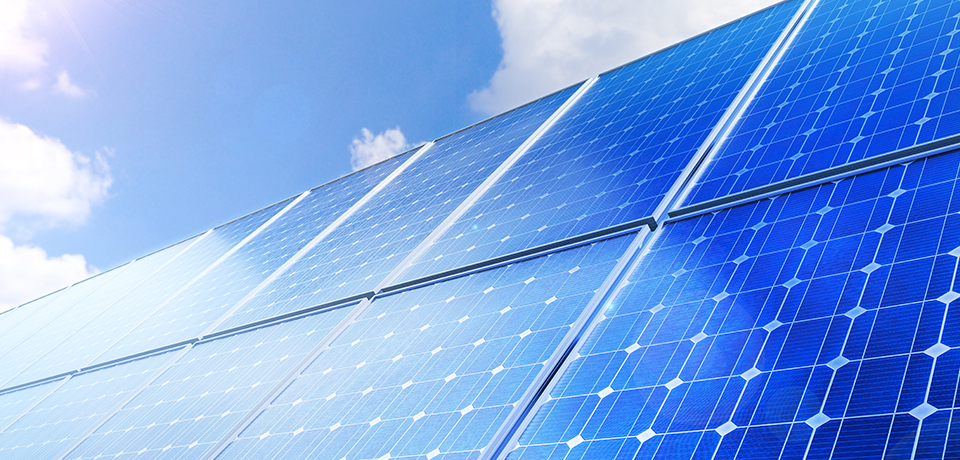 Insolation Time and Solar Energy Efficiency
Insolation Time and Solar Energy Efficiency 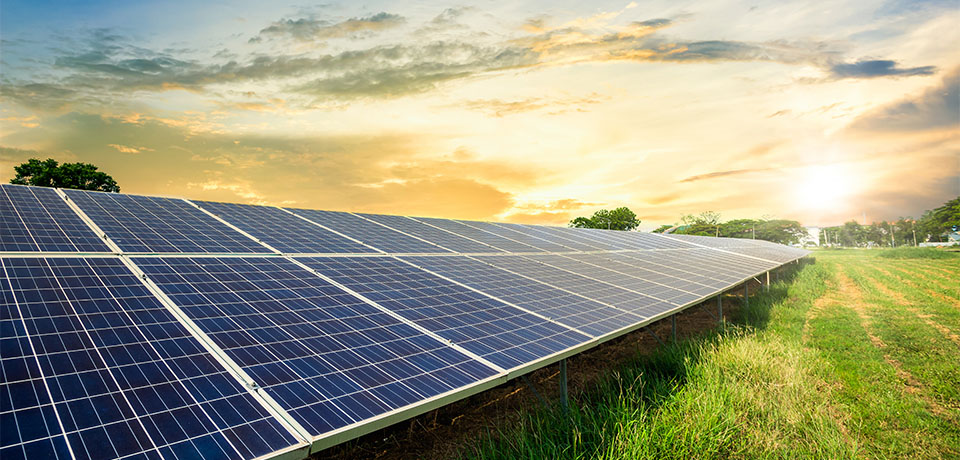 What is Solar Energy? How is Electricity Generated From Solar Energy?
What is Solar Energy? How is Electricity Generated From Solar Energy? 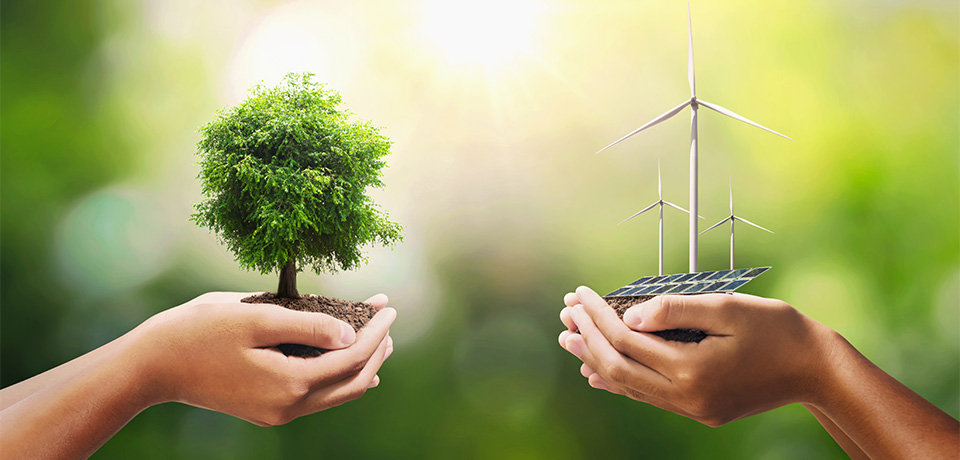 Renewable Energy Sources - Advantages of Renewable Energy Generation and Use
Renewable Energy Sources - Advantages of Renewable Energy Generation and Use 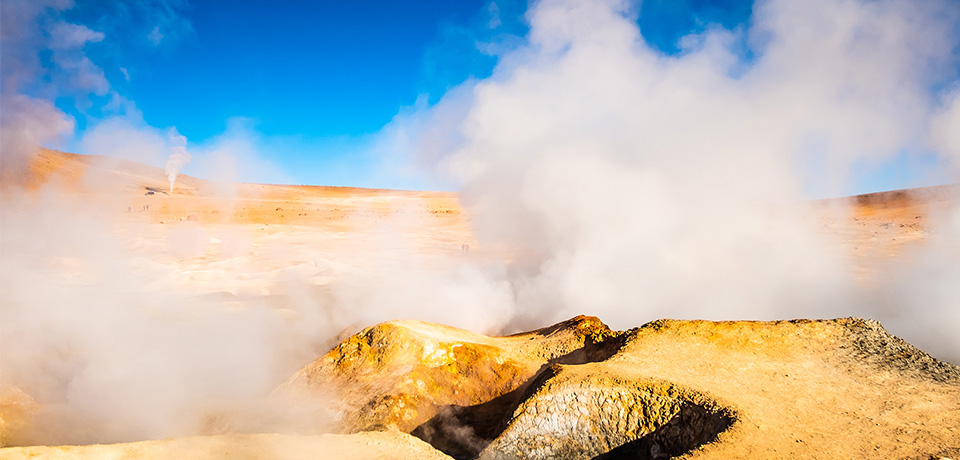 Geothermal Energy Potential of Turkey and its Sustainability
Geothermal Energy Potential of Turkey and its Sustainability